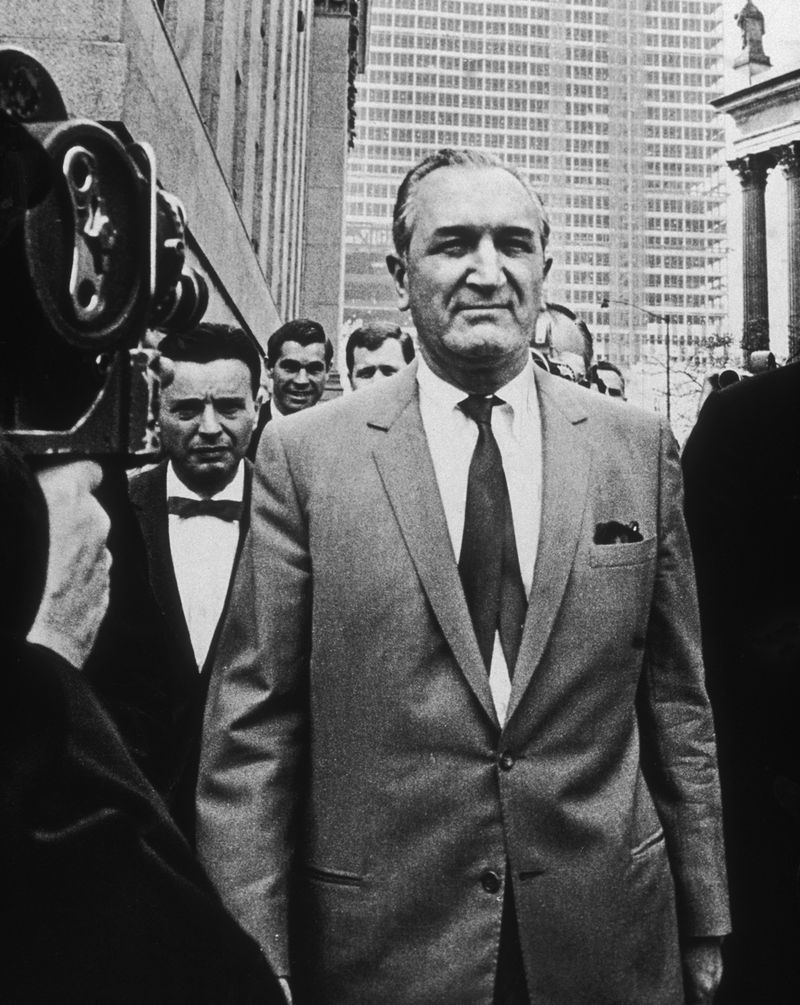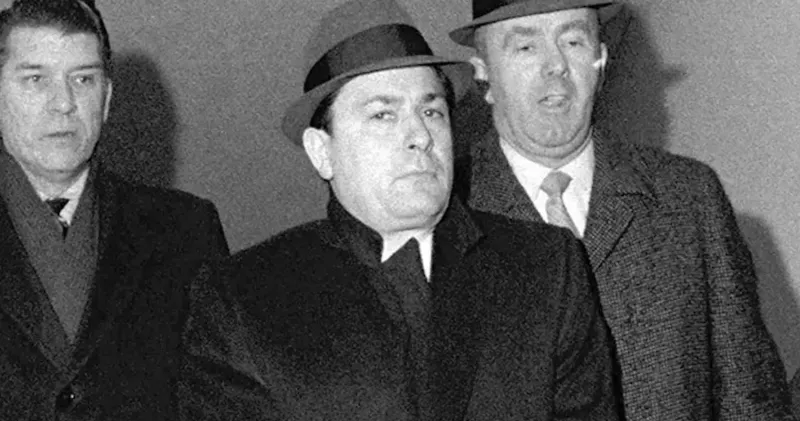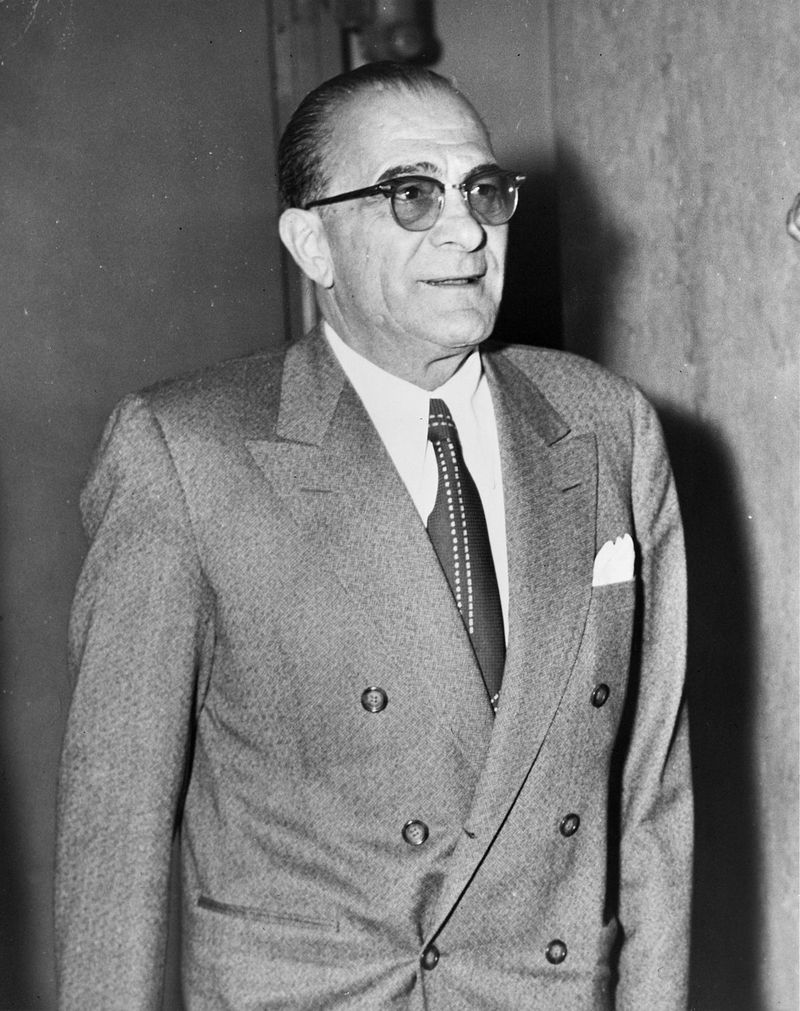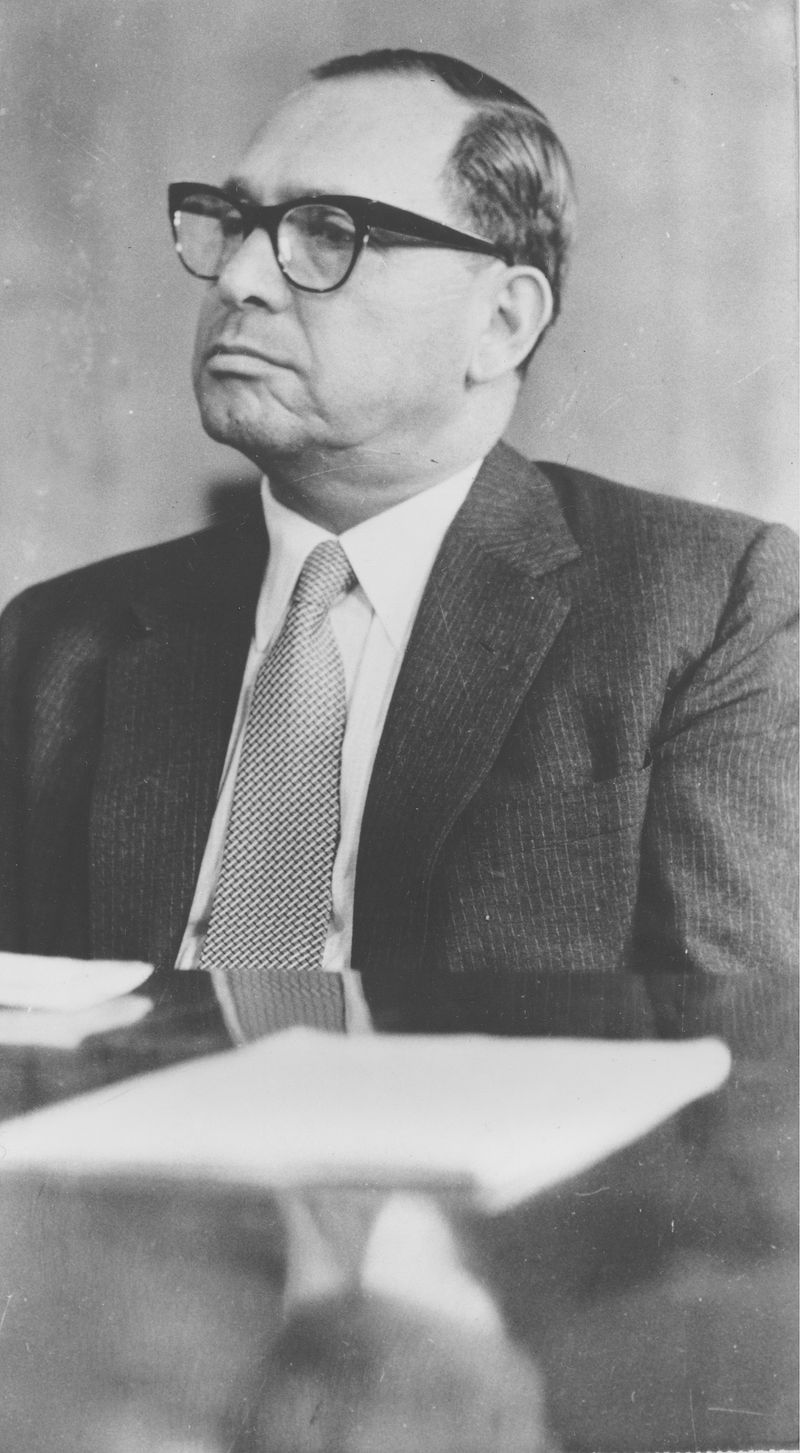Formed in 1931 after the Castellammarese War, the Five Families of New York became known as the backbone of the American Mafia. These families have played significant roles in the history of organized crime in the United States, each with its own origins, leaders, and influence. Understanding these families provides insights into how organized crime has shaped and been shaped by American society. This blog post will delve into the intricate histories, territories, and legacies of these infamous families. From the internal strife of the Bonanno Family to the Gambino Family’s rise to power, each family’s story is a testament to the complex and often violent world of the Mafia.
1. The Bonanno Family
Joseph Bonanno, often referred to as “Joe Bananas,” founded the Bonanno Family and became a pivotal figure in the American Mafia. Emerging victorious from the Castellammarese War, Bonanno established his family as one of the original Five Families. Operating primarily in Brooklyn, Queens, and the Bronx, the Bonanno Family was involved in various criminal activities, including loan-sharking, gambling, and narcotics trafficking.
The family is perhaps best known for the infiltration by FBI undercover agent Joseph “Donnie Brasco” Pistone in the late 1970s. This infiltration led to over 100 federal convictions, marking a significant blow to the Mafia’s operations.
Despite internal conflicts, including Bonanno’s own kidnapping, the family maintained its prominence in organized crime. The Bonanno Family’s legacy is one of resilience and adaptation, continuously evolving amidst external pressures and internal strife.
2. The Colombo Family
Founded by Joseph “Olive Oil King” Profaci, the Colombo Family established itself as a formidable force in organized crime. Initially known for its business-like approach under Profaci, the family engaged in extortion, loan-sharking, and narcotics trafficking. The transition of power to Joseph Colombo in the 1960s marked a new era, with the family becoming increasingly involved in public life.
Colombo, charismatic and media-savvy, founded the Italian-American Civil Rights League, which brought the family’s activities to the forefront of public attention. However, this visibility also led to multiple leadership crises and violent internal wars, particularly during the 1960s and ’70s. The family was marred by feuds that often spilled into the streets, leading to significant bloodshed.
Despite these challenges, the Colombo Family’s influence persisted, largely due to its ability to adapt and reorganize amidst chaos. The family’s story is one of ambition, conflict, and enduring power within the Mafia world.
3. The Gambino Family
The Gambino Family, named after its influential leader Carlo Gambino, rose to power in the mid-20th century to become one of the most powerful Mafia families. Originating from the D’Aquila/Mangano faction, the family solidified its dominance over the New York waterfront, engaging in a wide array of criminal activities.
Under Gambino’s leadership, the family became synonymous with organized crime sophistication, expanding its influence to New Jersey, Connecticut, Florida, and beyond. Later, high-profile bosses like Paul Castellano and John “Dapper Don” Gotti further cemented the family’s notoriety. Gotti, known for his flamboyant style and media presence, led the family in the 1980s and ’90s until his conviction in 1992.
The Gambino Family’s legacy is one of strategic growth and charismatic leadership, setting a benchmark for criminal enterprise in America. Its ability to rise to national prominence is a testament to its strategic acumen and adaptability in the face of law enforcement challenges.
4. The Genovese Family
Often dubbed the “Ivy League” of organized crime, the Genovese Family is renowned for its secrecy and power. Founded in the 1890s as the Luciano family, it was renamed after Vito Genovese, who led from 1957 until his death in 1969. Under his leadership, the family expanded its criminal enterprises, including gambling, loan-sharking, and narcotics trafficking.
Operating from a base in New York City and New Jersey, the family’s influence extended to Connecticut, Massachusetts, Las Vegas, and Florida. The Genovese Family’s operations were marked by intelligence and discretion, earning it a reputation for being the most secretive and powerful Mafia family.
One of its notable leaders, Vincent “Chin” Gigante, further solidified this reputation by feigning mental illness to avoid prosecution. The Genovese Family’s legacy is one of cunning and control, maintaining a formidable presence in the criminal underworld through strategic alliances and disciplined operations.
5. The Lucchese Family
Tracing its roots back to the 1920s, the Lucchese Family was officially aligned under Tommy Gagliano after the Castellammarese War, later renamed for Tommy Lucchese. Known for its stronghold in New York, New Jersey, and Long Island, the family also ventured into Las Vegas and Florida.
While the Lucchese Family engaged in traditional Mafia pursuits such as labor racketeering, it carved a niche in the garment and trucking industries. The family’s involvement in the infamous Lufthansa Heist of 1978, where $5 million in cash and $800,000 in jewelry were stolen from JFK International Airport, marked a significant event in its history.
Lucchese’s leadership was characterized by strategic expansion and the ability to maintain a low profile. The family’s legacy is one of industrial prowess and criminal ingenuity, exploiting legitimate industries to further its illicit goals while avoiding the spotlight as much as possible.





